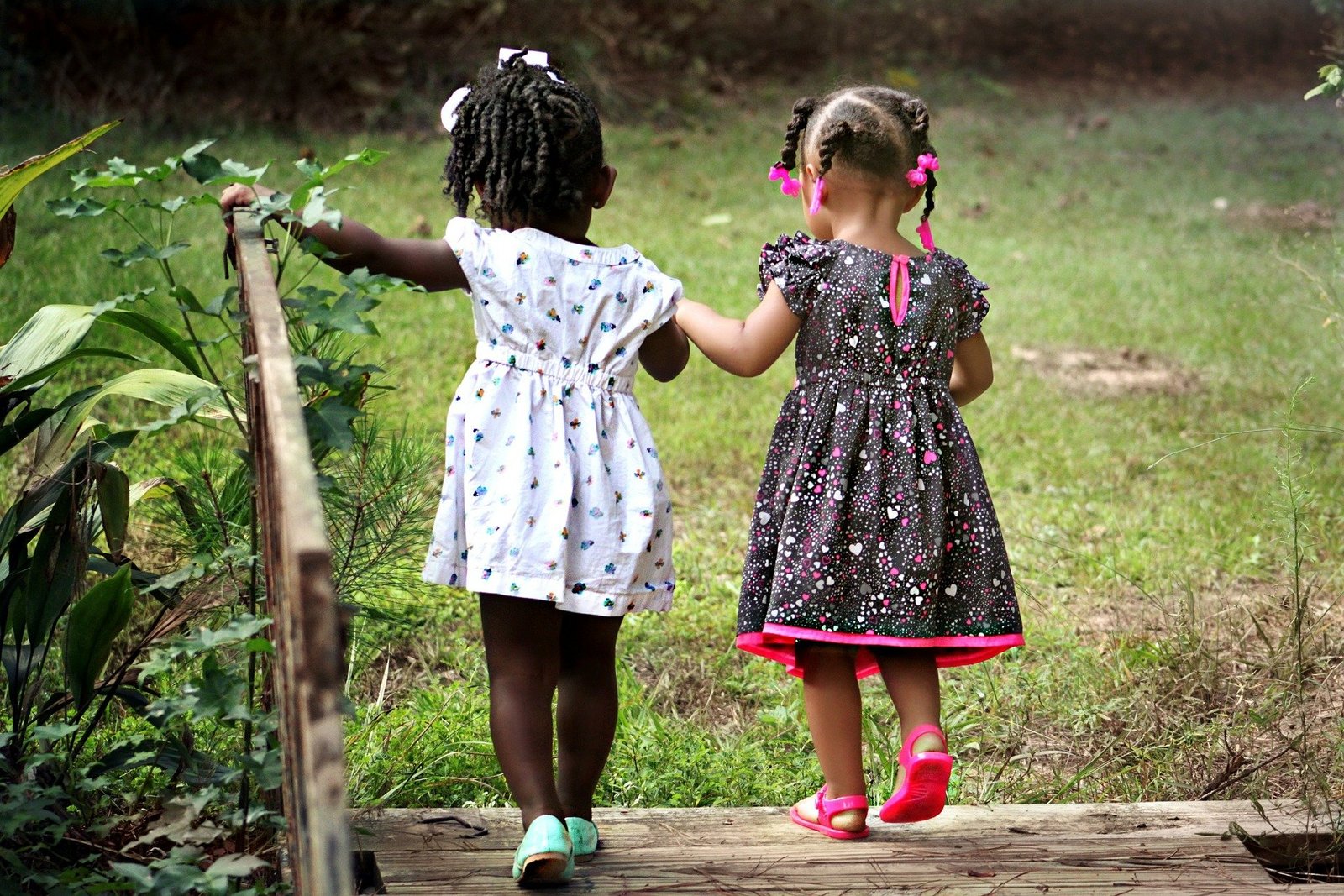Its perhaps one of the most profound alterations in life in the usa, as well as in a lot of the world that is rich. In the place of meeting our lovers in college, in the office, or through relatives and buddies, most of us now meet them online.
Some 39% of heterosexual couples that got together in the US in 2017 came across on the web, based on a recently released research (pdf) by sociologists Michael Rosenfeld and Sonia Hausen of Stanford University and Reuben Thomas of University of brand new Mexico. This is additionally the outcome for longer than 60% of same-sex couples that 12 months. Which makes dating that is online far the most typical way that US partners now meet. The info additionally reveal that between 1995 to 2017, fulfilling through buddies saw the biggest decrease, from 33% of partners in the very beginning of the duration to simply 20per cent at the conclusion.
“It accustomed be that locating a partner is something one did using their community,” claims Thomas. “Now it is simply a person quest.” It has additionally developed a $4 industry that is billion-plus assist individuals on that quest (paywall). Thomas along with his counterparts’ research paper is under review for book in a educational log.
The information when you look at the analysis result from the How Couples Meet and remain Together study, which will be probably the most data that are comprehensive on intimate relationships in america. The study permits numerous responses towards the concern exactly how individuals came across, therefore a present increase of men and women fulfilling at pubs and restaurants just isn’t right down to serendipity but alternatively individuals who arranged to generally meet for supper or a beverage via online dating sites.
The research by Thomas, Rosenfeld, and Hausen finds that the share of partners online that is meeting has about doubled since 2009. Because the technology hasn’t enhanced that much considering that the 1990s and 2000s, claims Thomas, he believes the explanations is the fact that dating that is online finally become culturally acceptable. There’s absolutely no longer much a stigma about fulfilling a partner on line, and few now view internet dating as unsafe. “People used to create up tales about how exactly they met, that they met online, but now many people embrace it,” says Thomas so they wouldn’t have to admit.
He and fellow researchers provide various other notable findings in regards to the boost in online dating sites. They explain that it’s maybe perhaps perhaps not phone apps, but instead internet sites accessed via computer systems, that take into account the majority of the relationships that are online in 2017, though that could be changing. They even observe that the share of people that first met online and were formerly strangers rose from about 81% last year to almost 90per cent in 2017. Finally, they remember that online couples don’t seem to be any longer prone to split up compared to those who came across “in real world.”
Thomas claims that folks usually underestimate the massive shift that is cultural internet dating has already established on culture. Analysis implies that internet dating has led to more marriages that are interracial more partners with various religions and degrees of training, as well as pairings with lovers whom are generally closer in age (pdf).
UNITED NATIONS GIRLS EDUCATION INITIATIVE
UNESCO worldwide Education Monitoring Report and UNGEI launch the 2018 Gender Review entitled ‘Meeting our commitments to gender equality in education’. See the report >>
Education unions in eastern and Africa that is southern are action to get rid of sex based violence close to schools. Join their campaign by after the hashtag #UnionsSpeak! Find out more here >>
UNESCO releases 2017/18 Global Education Monitoring (GEM) Report ‘Accountability in training: fulfilling our commitments’ Report highlights here >>
GPE and UNGEI are happy to introduce the ‘Guidance for Developing Gender-Responsive Education Sector Plans’. Download and learn about the Guidance within our blog that is latest. More here >>
Global Performing Group to End SRGBV
Partner Profile
The Campaign for Female Education (Camfed) is focused on poverty that is fighting helps with rural communities in Africa by educating girls.
As ministers convene for the twelfth Commonwealth Women’s Affairs Ministers Meeting in Nairobi, a unique policy note – Gender-Responsive Education Sector Planning – a pathway to gender equality in training – will be launched today through the working platform for Girls’ Education as an element of the allow No Girl Behind Campaign.
The Declaration on Gender Equality and Women’s Empowerment issued in the G7 Leaders’ Summit in Biarritz, France, develops momentum that is new efforts to make sure training for many kiddies along with effective help for the Gender in the Center Initiative .
Beneath the theme, ‘GirlForce: Unscripted and Unstoppable’, International of the Girl will this year celebrate achievements by, with and for girls since the Beijing Declaration and Platform for Action and passage of the Convention on the Rights of the Child day.
This week, numerous of sex equality advocates are showing up in Vancouver for the 2019 ladies Deliver Conference for the true purpose of sharing knowledge, experiences and suggestions to speed up progress for females and ladies every hot latin brides where. The meeting theme: Energy. Progress. Change.
Publication
This report estimates the international effect of depriving girls of training in addition to showing how academic attainment can impact their life opportunities and alternatives, and also the results with this at someone, family members and community degree. Its findings reveal the transformative energy of training for women in six areas: (1) profits and requirements of living, (2) kid wedding and very early childbearing, (3) fertility and populace development, (4) wellness, nourishment and wellbeing, (5) agency and decision-making, and (6) social money and organizations. Findings indicate that limited educational possibilities for girls and barriers to completing 12 years of education expense nations between $15 trillion and $30 trillion bucks in lost life time productivity and earnings. The report additionally discovers that main training just isn’t sufficient. Across many indicators, benefits from main training just are restricted.
Postado originalmente por: Tribuna do Leste – Manhuaçu








